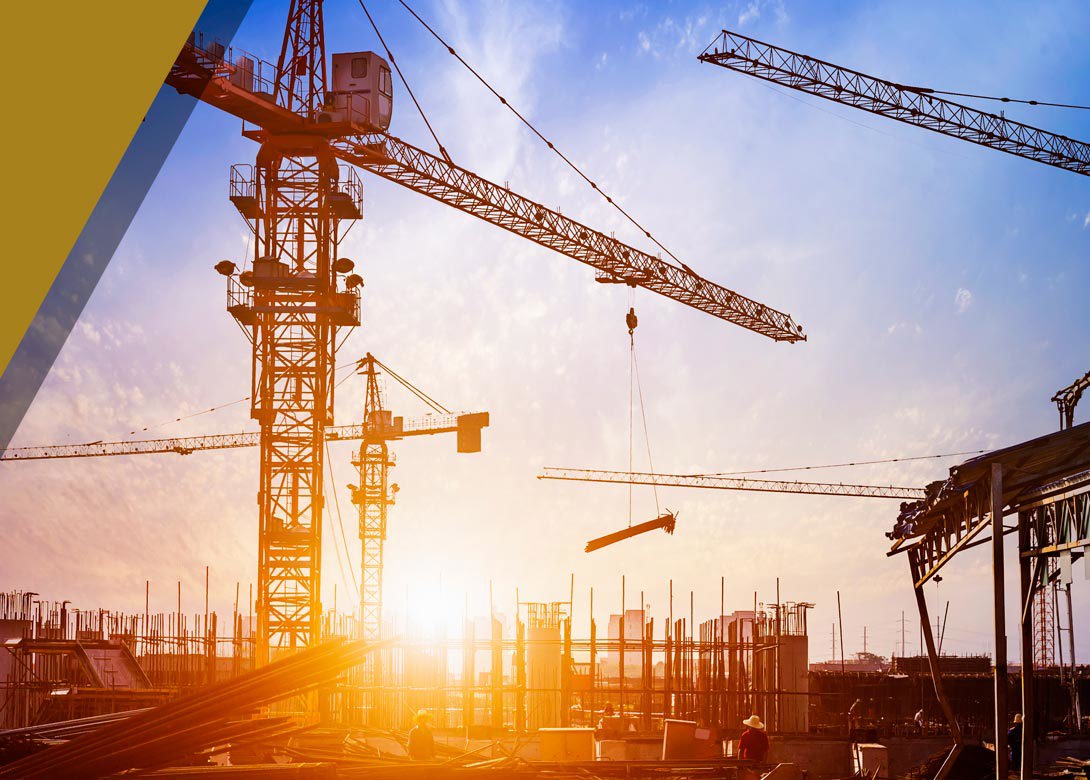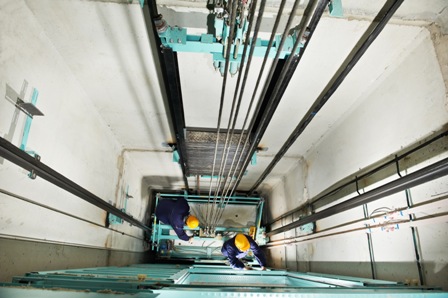
The Shard has redefined London’s landscape, becoming the tallest building in western Europe and offering viewing platforms twice the height of those previously available. An important part of the Shard is its double-deck passenger lifts, where Henkel adhesives have been used to bond the structure of the lift cars.
The double-deck lifts include two cars, one on top of the other, which enable passengers on two consecutive floors to use the lift simultaneously. The design substantially increases passenger capacity in the lift shafts. Henkel adhesives bond the door assemblies of cars, offering a number of design and performance advantages.
From a design standpoint adhesives offer far superior stress distribution over large surface areas and those exposed to high loading. Henkel says that this has a very positive effect on the static and dynamic strength achieved by comparison with welding and riveting that result in localised stress peaks.

Adhesives also act as sealants, preventing loss of pressure or liquids, blocking the penetration of condensation and protecting against corrosion. Additionally, they form an insulating film to prevent contact corrosion when different types of metals are joined.
Weight reduction is another important benefit of adhesive technology. Through the use of adhesives alone, up to 20% can be saved on the weight of a standard lift, mainly because thinner and lighter materials can be used without compromising performance. The lower the weight of the car the more cost efficient it is to run.
Another important factor for this area of application is aesthetics. The ‘look’ of the Shard is one of its many qualities and its lifts must complement the overall design. As adhesives do not change the surface of materials, cosmetic rework isn’t necessary. If panels are bolted or welded, the joints are traditionally covered by cladding.
Not only does this add another production process, it also increases the weight of the car. “Whilst metals remain predominant in lift construction, other materials are increasingly being incorporated. Glass, plastics, as well as painted and powder coated surfaces, are becoming more commonplace and the ability of adhesive technology to bond dissimilar materials such as these allows unconventional material combinations to be considered.”

Having spent a decade in the fastener industry experiencing every facet – from steel mills, fastener manufacturers, wholesalers, distributors, as well as machinery builders and plating + coating companies, Claire has developed an in-depth knowledge of all things fasteners.
Alongside visiting numerous companies, exhibitions and conferences around the world, Claire has also interviewed high profile figures – focusing on key topics impacting the sector and making sure readers stay up to date with the latest developments within the industry.






